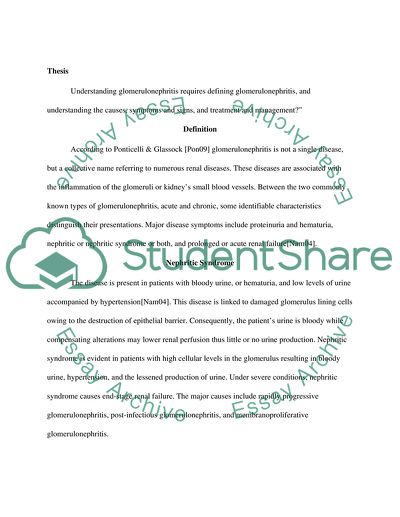Cite this document
(“Glomerulonephritis: Understanding Of Glomerular Damage Mechanism Essay”, n.d.)
Glomerulonephritis: Understanding Of Glomerular Damage Mechanism Essay. Retrieved from https://studentshare.org/nursing/1665784-glomerularmephritis
Glomerulonephritis: Understanding Of Glomerular Damage Mechanism Essay. Retrieved from https://studentshare.org/nursing/1665784-glomerularmephritis
(Glomerulonephritis: Understanding Of Glomerular Damage Mechanism Essay)
Glomerulonephritis: Understanding Of Glomerular Damage Mechanism Essay. https://studentshare.org/nursing/1665784-glomerularmephritis.
Glomerulonephritis: Understanding Of Glomerular Damage Mechanism Essay. https://studentshare.org/nursing/1665784-glomerularmephritis.
“Glomerulonephritis: Understanding Of Glomerular Damage Mechanism Essay”, n.d. https://studentshare.org/nursing/1665784-glomerularmephritis.


